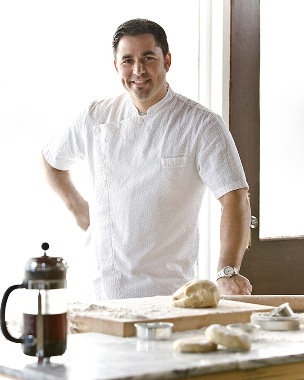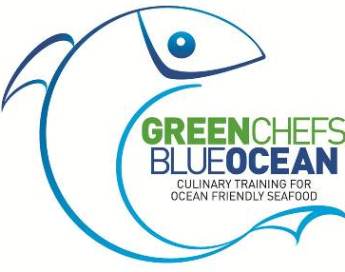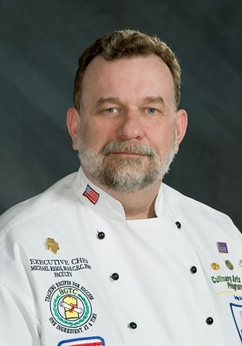Chefs Speak Out: A Sweet Business, New Orleans Style
Thursday, 06 January 2011 14:57By Lynn Schwartz
 David Guas, owner of Bayou Bakery, Coffee Bar & Eatery in Virginia, learned early on to shut up and listen.
David Guas, owner of Bayou Bakery, Coffee Bar & Eatery in Virginia, learned early on to shut up and listen.
David Guas has earned accolades from The Washington Post, The New York Times, Esquire and Food Arts. In 2003, Bon Appétit featured him as one of eight “Dessert Stars” in the country and Oprah Magazine’s May 2010 Tenth Anniversary issue cited Guas as one of the country’s best pastry chefs. Guas appears regularly on the “Today” show and joined RJ Cooper on “Iron Chef America.” His book, DamGoodSweet: Desserts to Satisfy Your Sweet Tooth, New Orleans Style (Taunton Press, 2009), was named one of Food & Wine’s “Best New Dessert Cookbooks” of the year, and was nominated for a James Beard Foundation Award and an International Association of Culinary Professionals (IACP) Award. Despite the high praise, Guas describes himself as an “accidental pastry chef.”

 Using an evaluation form makes a difference in the way students work in small groups, encouraging them to provide feedback to each other.
Using an evaluation form makes a difference in the way students work in small groups, encouraging them to provide feedback to each other. A tool for exploring sustainable seafood.
A tool for exploring sustainable seafood. An educator returns from a summer excursion abroad with a new appreciation of community and culture communicated through food and cuisine.
An educator returns from a summer excursion abroad with a new appreciation of community and culture communicated through food and cuisine.